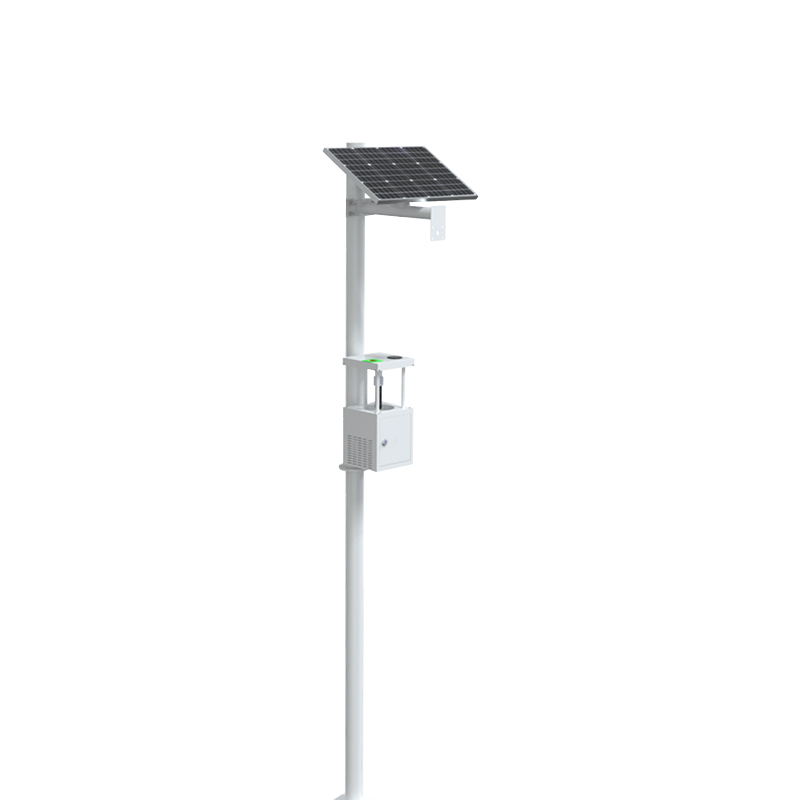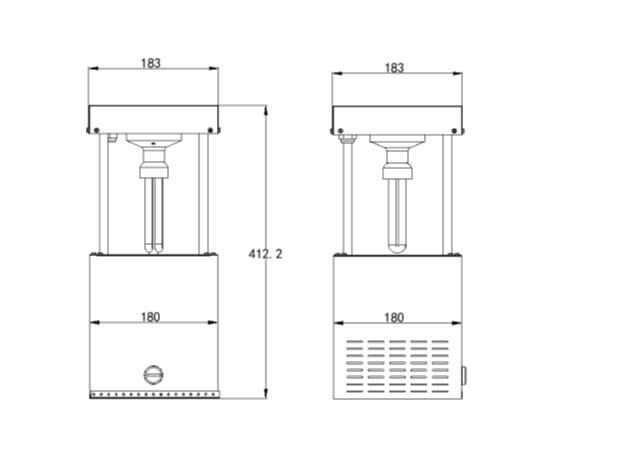Tianyi Sensor IOT Technology Co., Ltd
Sales Manager:Ms. Emily Wang
Cel,Whatsapp,Wechat:+86 15898932201
Email:info@fengtutec.com
Add:No. 155 Optoelectronic Industry Accelerator, Gaoxin District, Weifang, Shandong, China

Sales Manager:Ms. Emily Wang
Cel,Whatsapp,Wechat:+86 15898932201
Email:info@fengtutec.com
Add:No. 155 Optoelectronic Industry Accelerator, Gaoxin District, Weifang, Shandong, China

Model:FT-FD1
Brand:tianyi
1.Mosquito Killing Lamp product overview
Mosquito Killing Lamp is a device designed to attract and kill mosquitoes, emitting light waves to attract mosquitoes and eliminating them using a wind suction device.Mosquito Killing Lamp is a physical insect-killing device that uses light waves to lure adult insects to suck the light, and then the fan rotates to generate a negative pressure airflow to suck the insects into the collector, allowing them to dry and dehydrate, achieving the purpose of insect killing.The Mosquito Killing Lamp developed by our company has improved the light source and insecticide methods, broken through the ability to kill small pests with conventional insecticide lamps, and greatly improved the pest killing efficiency.The device uses solar panels as the power supply, stores power during the day and provides power for insecticide lamps at night, luring pests to flutter at the light source.The product consists of insect-induced light source, insect-killing components, insect-collection components, support components, etc.It has the characteristics of simple structure, easy installation, strong operability, many types of insecticides, wide range of insecticides, safe, environmentally friendly, and non-toxic.This product is widely used in agriculture, forestry, warehousing, fish ponds, etc., and can effectively prevent various lepidoptera pests.
2.Functional features of Mosquito Killing Lamp
1.When the sunlight intensity and rainfall are used to control whether the equipment is working, if it is detected or in the daytime state, the equipment is standby; when it is detected, there is no rain and it is in the dark state, the equipment is working normally.
2.Use a multi-spectrum insect-induced light source with wavelengths of 320nm-680nm to trap multiple types of pests at the same time.
3.Using high-power fans can greatly improve the number and efficiency of flukes.
4.Use new polycrystalline solar panels, which have high energy conversion and are environmentally friendly.
3.Mosquito Killing Lamp technical parameters
| Light source parameters | wavelength | 320nm-680nm |
| power | 15W | |
| Solar panel parameters | power | 30W |
| size | 505*430mm | |
| Fan parameters | powered by | 12V |
| power | 4W | |
| The actual power of the whole machine | ≤15W | |
| Pole parameters | diameter | 76mm |
| length | 3m | |
| Data upload method | Standalone version | |
| Service life span | ≥3 years | |
| Solar power supply system battery life | 2 to 3 consecutive days | |
4.Mosquito Killing Lamp product size diagram

Odor online monitor is a professional instrument that utilizes sensor array technology to perform real-time, continuous automatic monitoring of complex odor concentrations and characteristic malodorous gases in the environment. It can quantify and output dimensionless odor concentration OU values an...
Ports serve as critical hubs connecting the ocean and land, with numerous vessels entering/exiting and cargo being loaded/unloaded daily. However, due to their unique geographic locations, ports face complex and variable meteorological conditions. Among these, wind speed and direction significantly...
In numerous meteorological monitoring and related fields, accurately measuring wind speed and direction is of great significance. From the perspective of large-scale meteorological research, understanding accurate data of wind speed and direction helps meteorological departments better predict weath...
Entering the high - standard farmland demonstration area, 25 newly installed Solar insecticidal lamps are neatly arranged in the fields. These devices consist of silver lamp poles, black solar panels, and green lamp housings. They absorb solar energy and store electricity during the day, and at nigh...